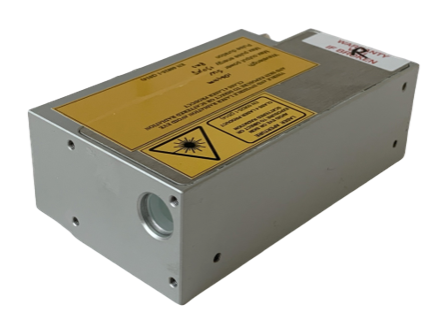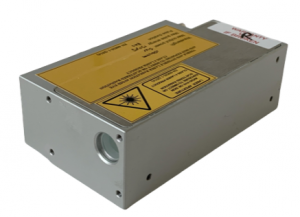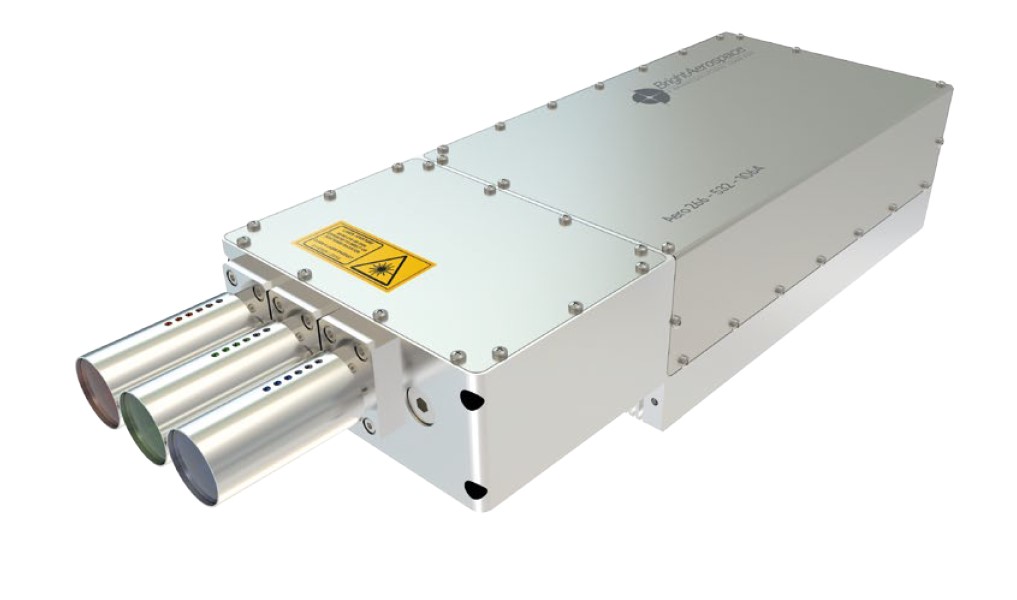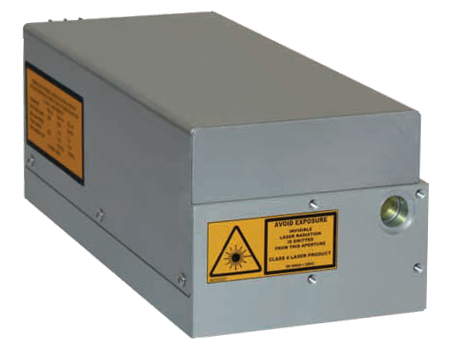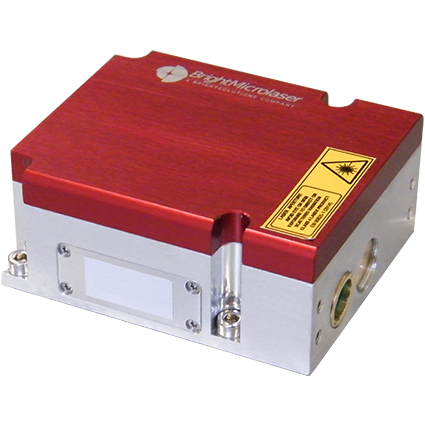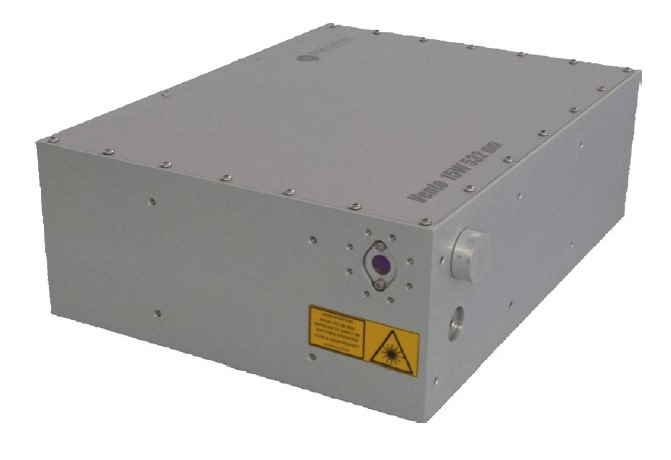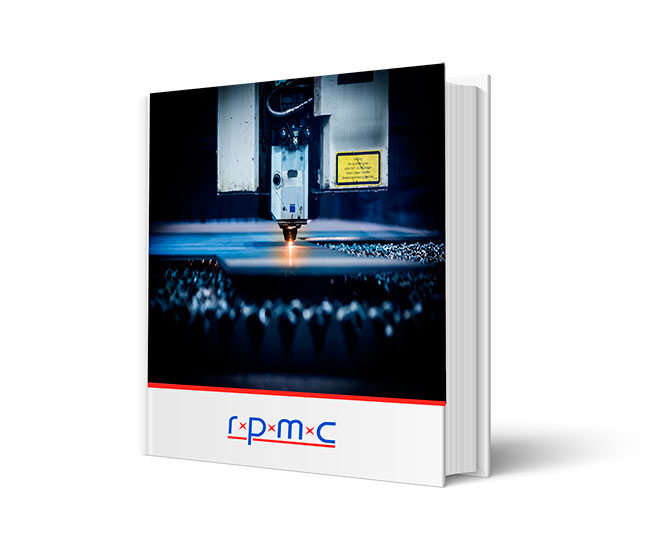One-1030
DPSS Laser, ns Pulsed, 1030 nm, up to 3 W, up to 100 uJ, 5 ns to 20 ns, Passive Qsw.
Key Features:
- Ultra-compact & rugged design
- Up to 3W of average power
- Up to 100uJ of pulse energy
- Factory set rep. rate up to 30kHz
- Conductively cooled
There are many configurations and options available. If you do not see exactly what you need below, please contact us!
Need Quantities? Have a question?
The One Series is a versatile, passive q-switch laser series designed for OEM integrators and application specialists working with industrial and portable applications like materials processing and airborne LIDAR. With its compact size, configurable options such as fixed or external trig. repetition rate, and high energy (up to 100µJ) or high average power (up to 3W) versions, this 1030nm series offers exceptional performance for a range of applications.
Benefits:
- Ultra-compact and rugged design with minimal facility requirements for easy integration into a variety of portable and industrial applications.
- Conductively cooled with an extended operating temperature range and increased reliability, reducing maintenance and downtime costs.
- High peak power and variable repetition rate configurations allow for flexibility in applications such as marking and material processing.
- External trigger configuration with factory set repetition rate is ideal for instrumentation and measurement applications like portable LiDAR, saving time and increasing accuracy.
- Photodiode for synchronization and air-cooled heat sink ensure stable and precise laser output, resulting in consistent and high-quality results for the customer’s applications.
In summary, the One Series is an exceptional choice for those looking for a compact, versatile laser solution. With its high energy and high average power configurations, wide operating temperature range, and flexible configurations, the One series offers exceptional performance in a range of applications. Whether you’re working with materials processing or airborne LiDAR, the One series is a reliable choice that will help you get the job done.
If you have any questions or need more information, please contact us.
Options
- Beam Expander
- Red Aiming beam
- Photodiode for synchronization
- Air-cooled heat sink
Check out this white paper, authored by one of our happy customers, titled:
“Optoacoustic Brain Stimulation at Submillimeter Spatial Precision”
Summary: Utilizing a 1030nm One Series laser from Bright Solutions, we report spatially confined optoacoustic neural stimulation through a miniaturized Fiber-Optoacoustic Converter (FOC). The FOC has a diameter of 600µm and generates omnidirectional ultrasound wave locally at the fiber tip through the optoacoustic effect. We show that the acoustic wave generated by FOC can directly activate individual cultured neurons and generate intracellular Ca^2+ transients. The FOC activates neurons within a radius of 500µm around the fiber tip, delivering superior spatial resolution over conventional piezo-based low-frequency transducers. Finally, we demonstrate direct and spatially confined neural stimulation of mouse brain and modulation of motor activity in vivo.
| Wavelength (nm) | |
|---|---|
| Output power (W) | |
| Pulse energy (uJ) | |
| Pulse width | |
| Rep rate | |
| Q-switch type |

 SHIPS TODAY
SHIPS TODAY 